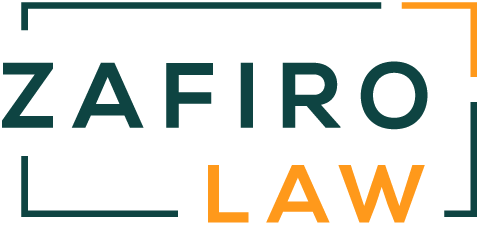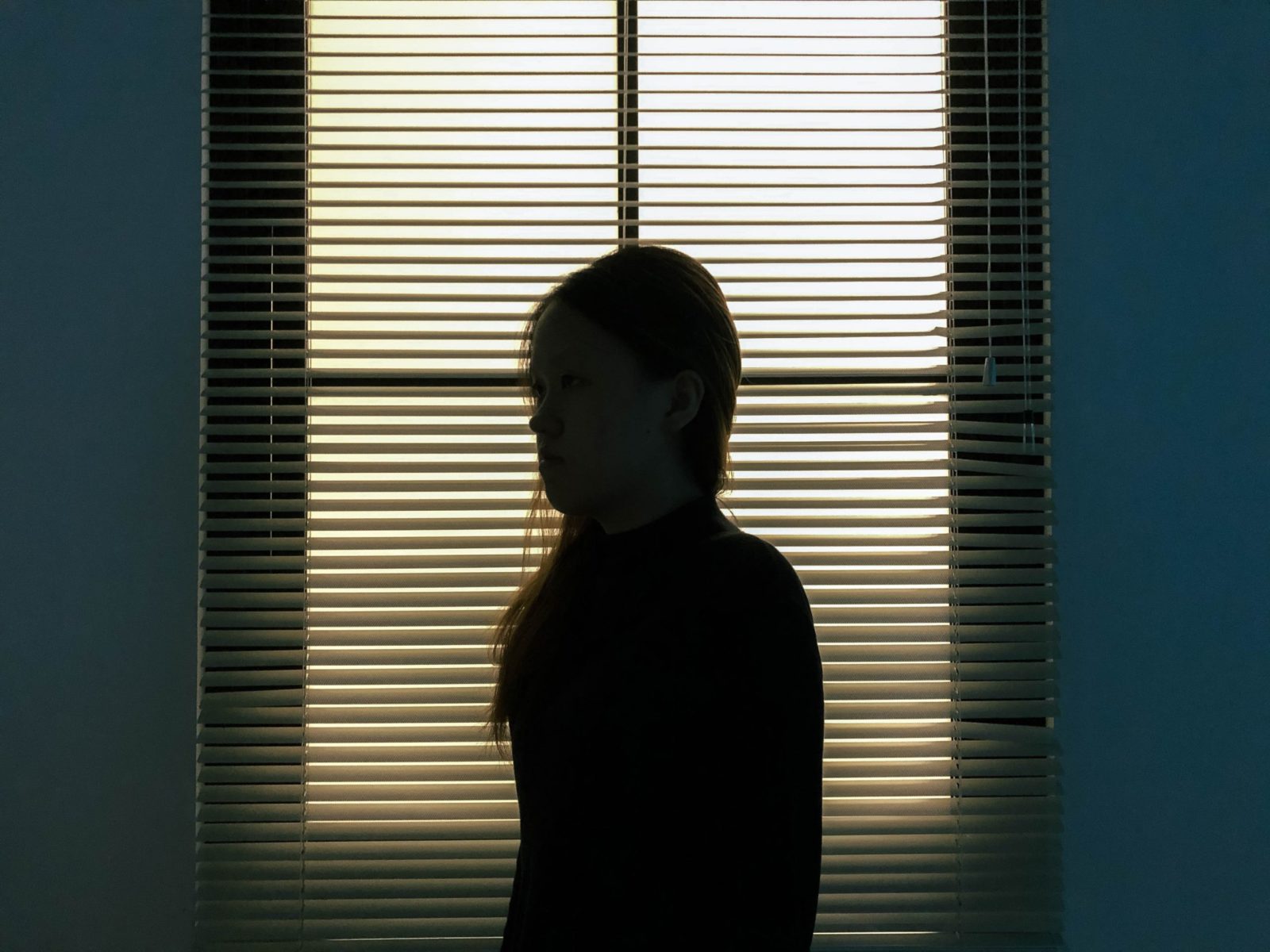DVPO stands for Domestic Violence Protection Orders. As of July 2022, there are updates and additions regarding DVPOs, which the Washington Legislature adopted initially in 1984. (Protection orders are also commonly referred to as “restraining orders.”) The intent was to protect domestic violence victims while incorporating lessons-learned and new case law. Everything has also been consolidated into a single chapter to increase the ease of use. There are updated definitions for abuse, domestic violence, and what constitutes a household or family member. Additionally, it is essential to note that several definitions have been added. The one we want to discuss today is coercive control.
What is Coercive Control?
Because coercive control is now identified as a form of domestic violence, it is important to understand what it means. Coercive control is a pattern of behavior that leads to someone suffering from emotional, physiological, or physical harm. Furthermore, the pattern of abuse “unreasonably interferes with a person’s free will and personal liberty.” Physical abuse is easier to identify and define, but psychological or emotional abuse presents other challenges. These new DVPO laws are taking critical strides toward explaining what they look like, so victims can take appropriate steps to safeguard themselves and their children.
There are many ways in which someone can exert control over their spouse. Many people may be cut off from being able to access money or are subjected to name-calling. Although their mental health and general well-being may suffer significantly to the point of being debilitating, they may not realize that their partner is coercively controlling them.
A New Form of Protection
The new legislation acknowledges that as reprehensible as physical domestic violence is, it is not the only way to harm someone. Imagine a person in a relationship whose partner threatens to humiliate them on social media platforms or make calls to their boss to impact their career negatively. These behaviors are a means to control and influence another person’s actions through threats and intimidation. Although our lawmakers couldn’t consider this in 1984, it is something Washington State is trying to prevent through new laws around DVPOs.
Even when you look back five years ago, someone in this situation may not have been able to recognize they were victims of domestic violence simply because it had not been defined in the way that it is now.
Domestic Violence & Restraining Orders
At ZafiroLaw, we have almost two decades of experience assisting clients who feel trapped by domestic violence. We achieve this by obtaining the protection orders they need to feel safe from abusive partners and family members. We understand which type of protection order is appropriate for your unique situation and know what evidence is required for receiving one. For more information about how we can help you, contact ZafiroLaw to schedule a consultation.


